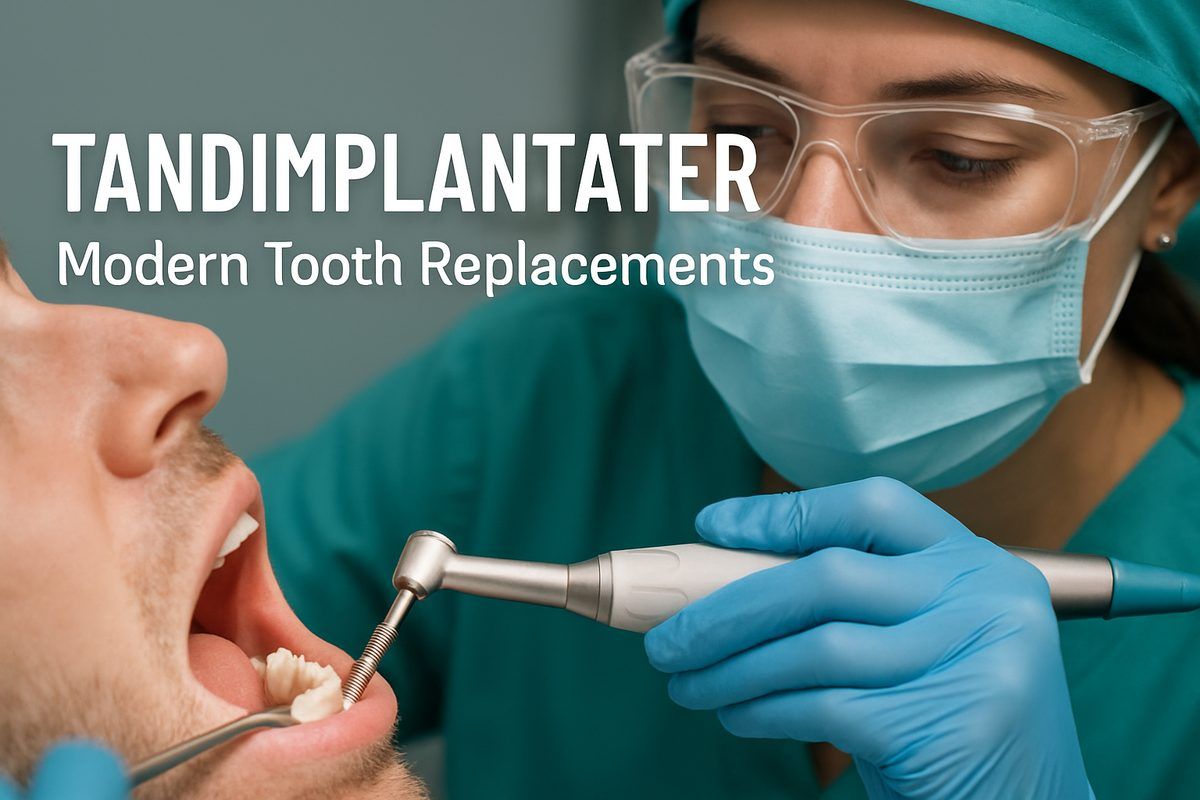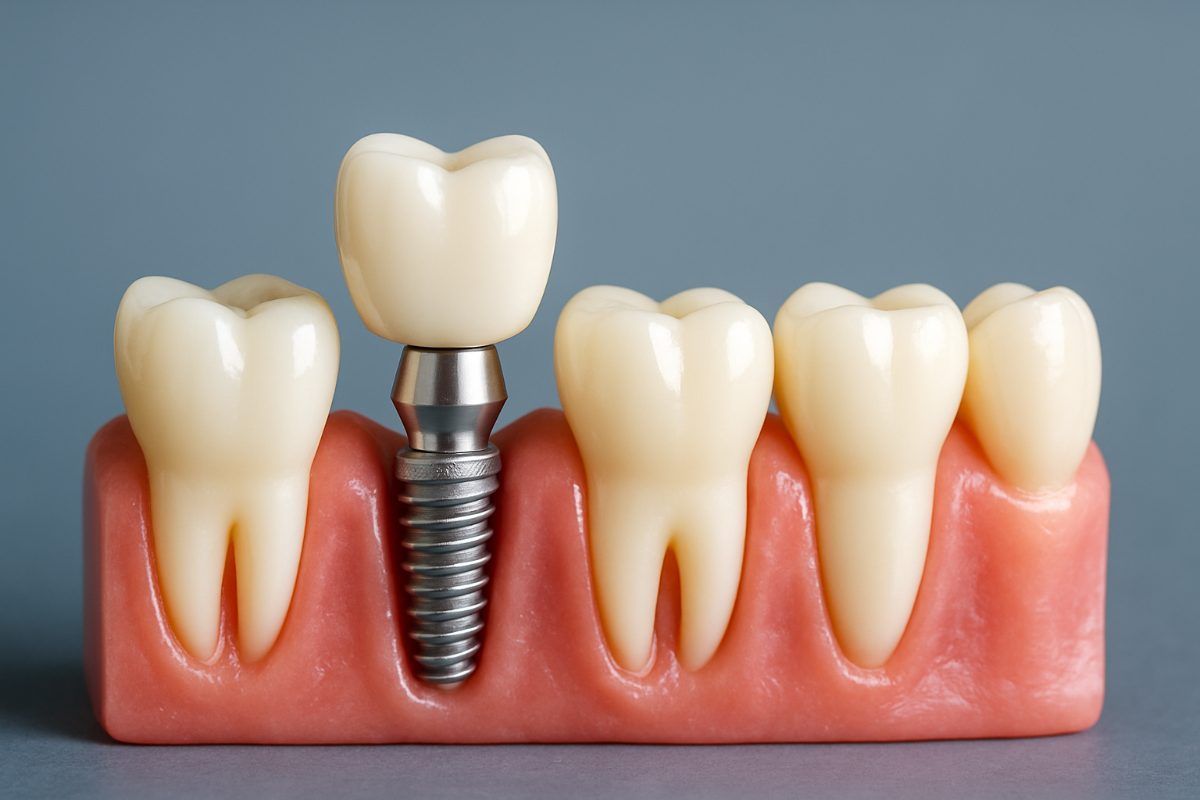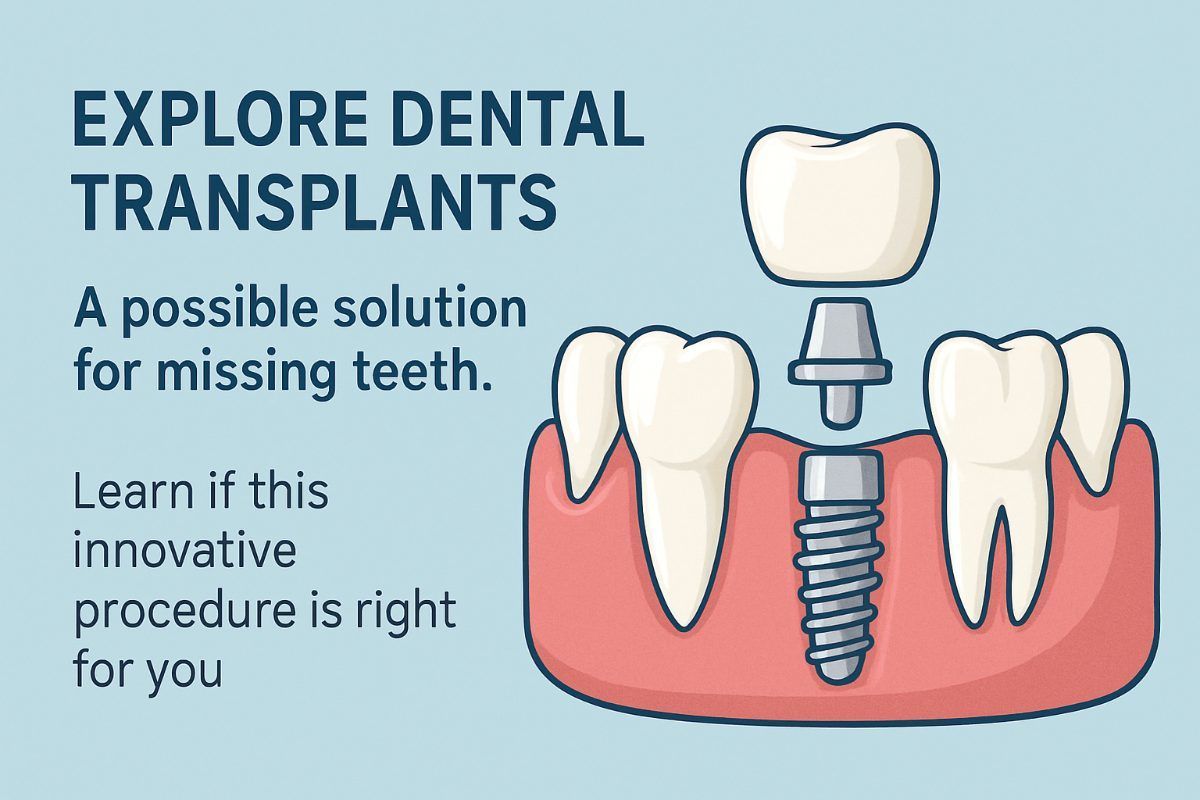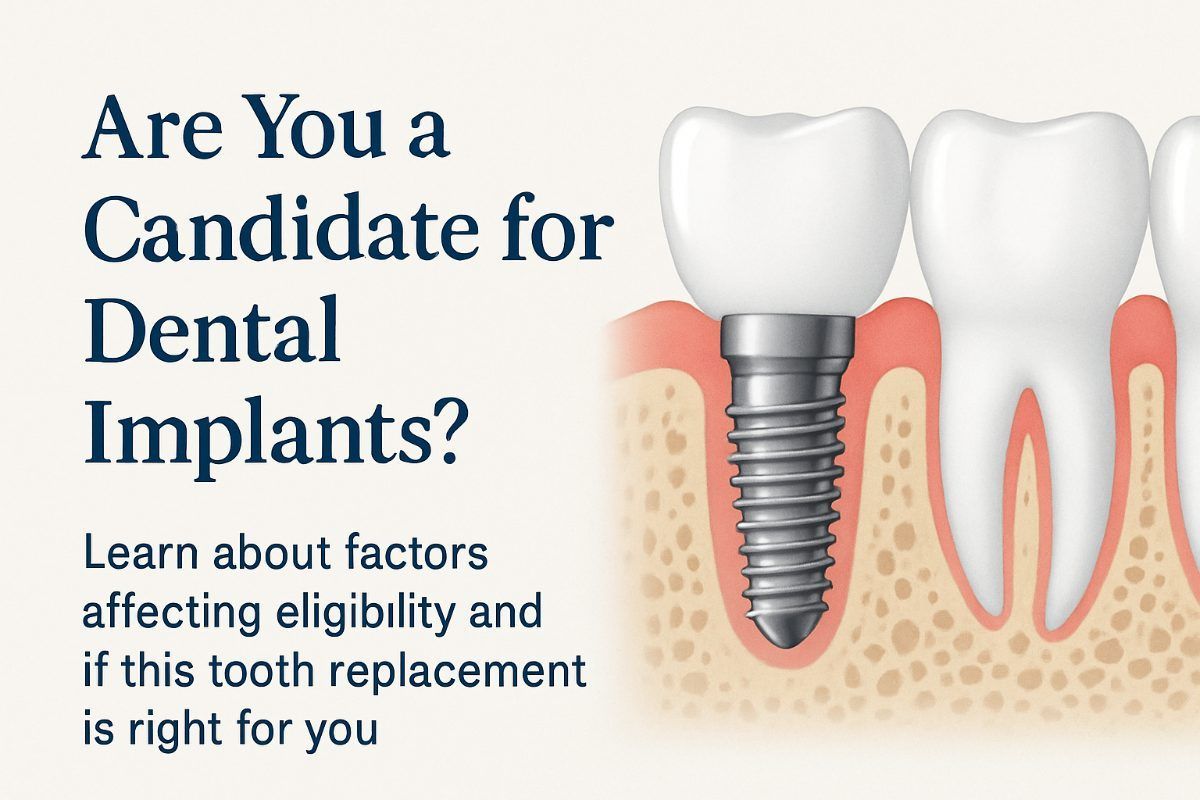Cutting Edge Dental Implant Technology: What To Expect
Cutting Edge Dental Implant Technology: What To Expect
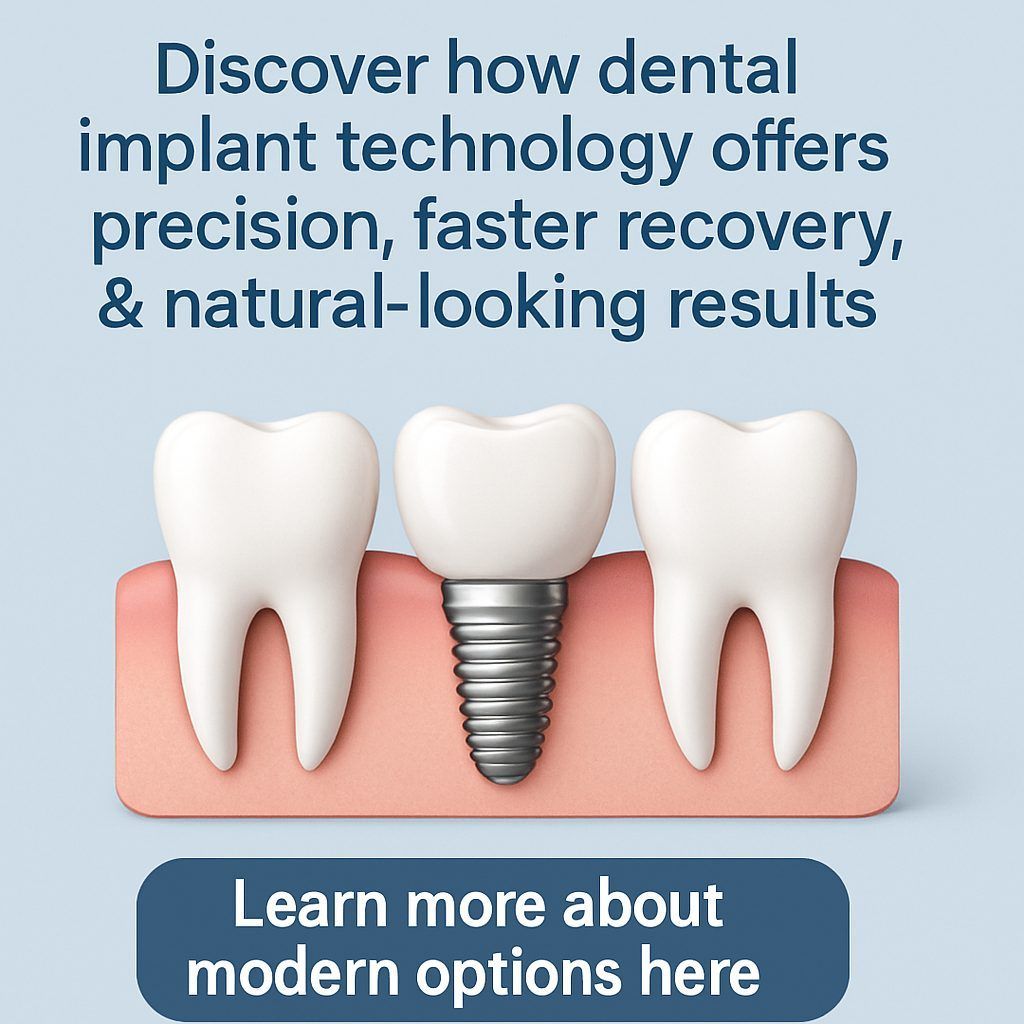
Learn what dental implant technology can do for you. This article explains the latest tools—3D scans, guided surgery, and same-day crowns—how they change surgery and restorations, the benefits patients see, and the basic steps of treatment. Read this so you know what to ask at a consult and why new tools matter for safer, faster, and more predictable implant care.
What Is Modern Dental Implant Technology?
Dental implant technology means the hardware (the implant, abutment, and crown) plus the digital tools used to plan and place them. Today’s dentists use CBCT 3D imaging to see bone and nerves, digital impressions instead of messy putty, CAD/CAM software to design crowns, and 3D printers or mills to make parts. These tools connect a virtual plan to the actual surgery so the result matches what the dentist and patient expect.
Key Advances That Matter
CBCT 3D Imaging
Cone beam CT (CBCT) gives a three-dimensional view of your jaw, sinuses, and nerve paths. This helps the team avoid vital structures and choose the best implant size and position. It makes planning safer and more accurate than traditional 2D X-rays.
Guided Implant Surgery
Guided surgery uses a custom-made surgical guide based on the digital plan. The guide fits in your mouth and directs drills to the exact angle and depth. That reduces surprises during surgery and helps achieve the planned result, especially for complex cases.
CAD/CAM & Same-Day Restorations
CAD/CAM design plus in-office milling or 3D printing can produce temporary or even final crowns quickly. Some patients leave with a same-day crown or a well-fitting temporary. This cuts the number of visits and improves the look and fit of the final restoration.
Benefits Patients Can Expect
Patients often see more precise results, shorter chair time, and less invasive procedures. Recovery can be faster because implants are placed more accurately. Crowns fit better and look more natural. For complex cases, these tools raise the odds of success and let you see a virtual outcome before treatment starts.
What To Expect During a Technology-Driven Implant Process
Typical steps: consult and medical review, CBCT 3D scan and digital impression, virtual treatment plan, possible guided surgery appointment, a healing phase, and the final restoration. Timelines vary—single implants can take a few months including healing, but tech can shorten planning and reduce chair time. Same-day options may let you leave with a temporary tooth the same visit.
Risks, Limitations, and When Tech Isn’t Enough
Technology reduces risk but doesn’t remove it. Poor bone quality, uncontrolled health issues, or severe infection can stop implant placement even with great tech. Software guides decisions but cannot replace clinical judgment and experience. Costs may be higher with advanced tools.
How To Choose a Provider Using Advanced Dental Implant Technology
Ask: Do you use CBCT and guided surgery? Can I see before/after cases? Who will perform the surgery and what are their credentials? What is the follow-up plan and warranty? Ask about financing for tech-based treatment.
Is This Right For You?
Modern dental implant technology benefits people who want precision, shorter treatment time, or better esthetics. A consult with scans and a clear digital plan will show if these tools fit your case. Schedule a visit to review your options and see the expected outcome.

